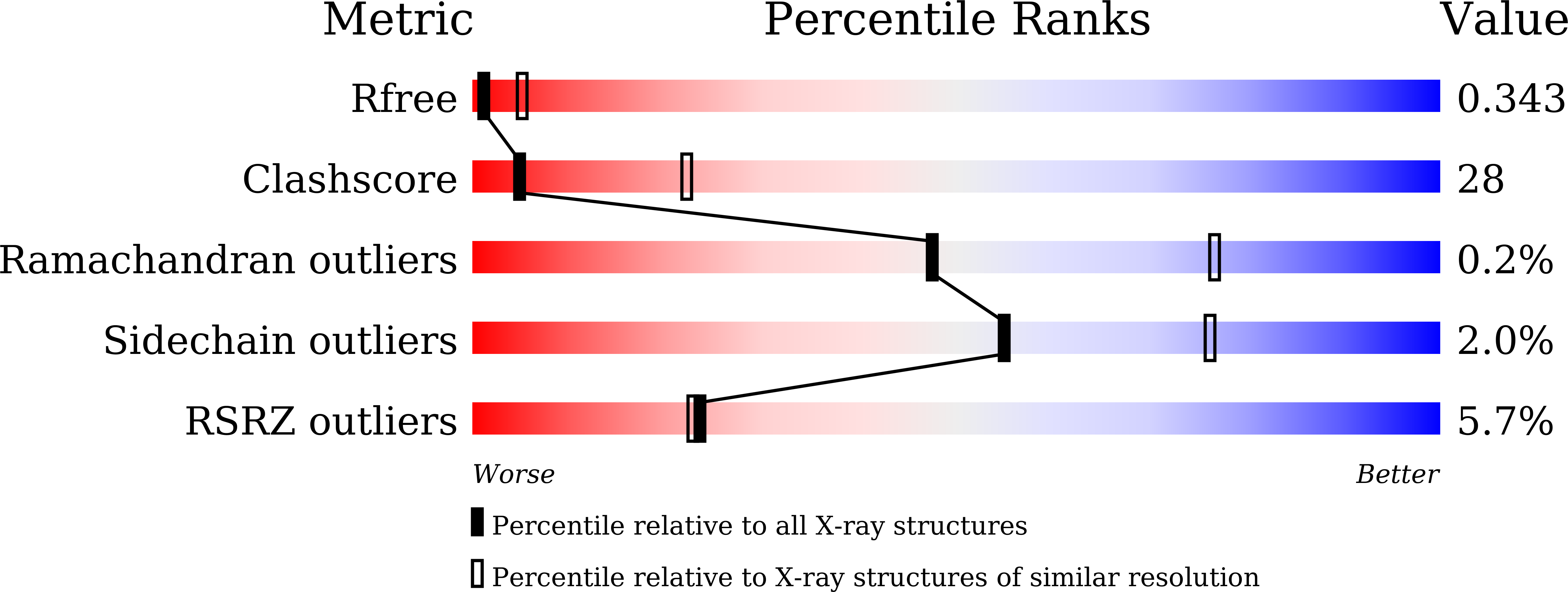
Deposition Date
2021-10-28
Release Date
2022-10-26
Last Version Date
2023-11-29
Entry Detail
PDB ID:
7VT9
Keywords:
Title:
CRYSTAL STRUCTURE AT 3.4 ANGSTROMS RESOLUTION OF Maltodextrin glucosidase, MalZ, FROM Escherichia coli
Biological Source:
Source Organism:
Escherichia coli (strain K12) (Taxon ID: 83333)
Host Organism:
Method Details:
Experimental Method:
Resolution:
3.30 Å
R-Value Free:
0.34
R-Value Work:
0.30
R-Value Observed:
0.30
Space Group:
I 41 2 2


